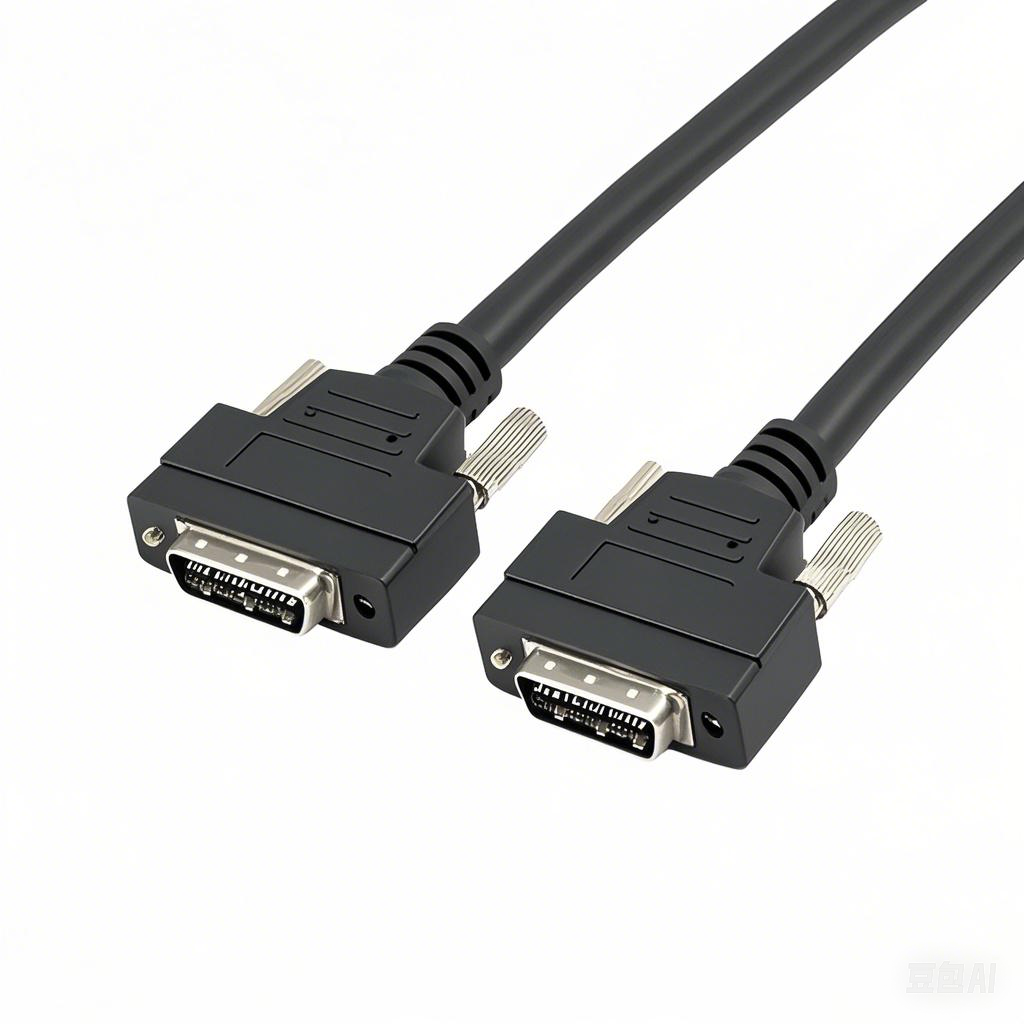How to Properly Store Unused Machine Vision Cables
Machine vision cables are critical, often expensive, components connecting cameras, sensors, lights, and processors. Improper storage can lead to damage, signal degradation, and costly replacements when you need them next. Protecting your investment requires careful handling and storage. Here’s how to do it right:
1. Clean Before Storing:
* Why: Dust, dirt, grease, or metal shavings can ingress into connectors or abrade cable jackets over time.
* How: Gently wipe cables with a clean, lint-free cloth slightly dampened with isopropyl alcohol (IPA) or a dedicated electronic cleaner. Ensure connectors are completely dry before storage. Avoid harsh chemicals or excessive moisture.
2. Coil Carefully (Never Kink or Bend Sharply):
* Why: Tight bends or kinks can permanently damage internal conductors (especially fragile coaxial or fiber cores) or strain the cable jacket.
* How:
* Over-Under Coiling: This is the gold standard for professional cable coiling, minimizing twists and stress. Practice this technique for the best results.
* Large Loops: If unsure about over-under, form large, gentle loops (minimum bend radius is crucial – consult the cable spec sheet, but generally aim for a loop diameter at least 10-15 times the cable diameter).
* Avoid: Wrapping tightly around your elbow or hand, creating sharp bends, or hanging cables by their connectors.
3. Protect Connectors:
* Why: Connector pins are easily bent, contaminated, or damaged by impact. Dust caps prevent contamination.
* How:
* Always Use Dust Caps: Replace the original protective caps on both ends of the cable. If originals are lost, purchase the correct type (e.g., MDR, M12, D-Sub, LC, etc.).
* Avoid Strain: Never let the cable’s weight hang from the connectors. Support the cable body near the connector when coiling.
* Consider Protectors: For especially delicate connectors (e.g., Hirose, some fiber types), use rigid plastic connector protectors in addition to dust caps.
4. Secure the Coil:
* Why: Prevents the coil from unraveling, causing tangles, kinks, or tripping hazards.
* How:
* Velcro Straps: These are ideal. They hold securely without pinching or crushing the cable. Use multiple straps for longer cables.
* Cable Ties (Used Correctly): If using plastic zip ties, do not overtighten. Leave them loose enough to easily slide a finger underneath. Overtightening can deform the cable jacket and potentially damage internal wires. Cut off excess tie length neatly.
* Avoid: Rubber bands (they degrade, become sticky, and can pinch), twist ties (can kink), or tying knots in the cable itself.
5. Choose the Right Storage Environment:
* Why: Environmental factors are major causes of cable degradation.
* Ideal Conditions:
* Cool & Dry: Store in a climate-controlled area. Aim for temperatures between 10°C and 30°C (50°F – 86°F) and relative humidity between 40% and 60%.
* Stable: Avoid locations with significant temperature fluctuations or humidity swings (e.g., attics, unheated garages, damp basements).
* Dark: Protect from prolonged direct sunlight (UV radiation degrades most cable jackets over time).
* Clean: Keep away from dust, dirt, oils, and chemical fumes.
* ESD Safe: If storing cables with sensitive electronics (like some active optical cables), consider an ESD-safe bag or container.
6. Store Off the Ground and Protected:
* Why: Protects from physical damage, moisture, dirt, pests (rodents!), and potential crushing.
* How:
* Use Shelving: Store coiled cables neatly on sturdy shelves.
* Bins/Boxes: Use plastic storage bins or cardboard boxes (ensure they are clean and dry). Label them clearly.
* Hanging: Long cables can be hung on sturdy hooks designed for cables, ensuring the coil is supported and connectors aren’t bearing weight.
* Avoid: Leaving cables loose on the floor, under heavy objects, or in high-traffic areas.
7. Label Clearly:
* Why: Saves significant time and frustration when you need a specific cable later. Prevents unnecessary handling of cables you don’t need.
* How: Use durable labels attached to the cable itself (near a connector, using a tag or label designed for cables) or clearly on the storage bin/box. Include key details:
* Cable Type (e.g., Camera Link, CoaXPress, GigE, USB3 Vision, Power)
* Length
* Connector Types (e.g., “M12 A-coded 8-pin to Hirose HR10A-10P-12S”)
* Specific Application (e.g., “Basler ace2, 5m”)
* Date Stored (Optional but helpful)
Key Principles to Remember:
- Respect the Minimum Bend Radius: This is paramount. Exceeding it damages cables internally.
- Avoid Stress: No sharp bends, kinks, crushing, or hanging by connectors.
- Keep it Clean & Dry: Contamination and moisture are enemies.
- Protect the Ends: Dust caps are non-negotiable.
- Be Organized: Labeling saves time and prevents damage from unnecessary searching.
By following these steps, you significantly extend the lifespan and ensure the reliable performance of your valuable machine vision cables when they are next needed, saving time, money, and frustration. Proper storage is a simple but crucial aspect of maintaining your machine vision system’s integrity. Invest a little effort now for peace of mind later.











